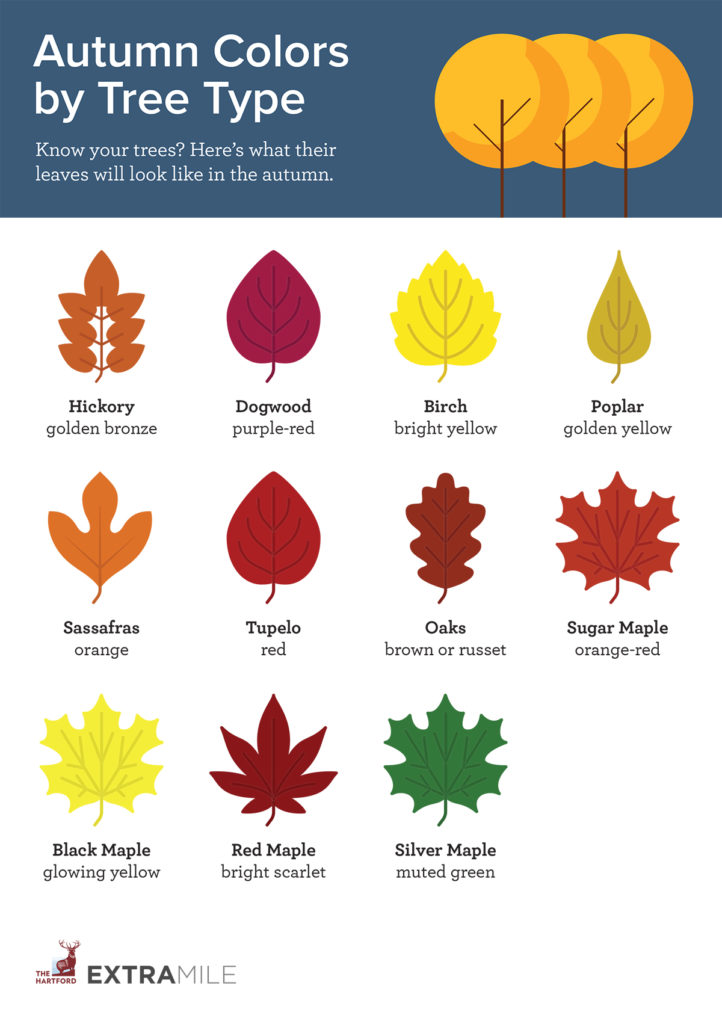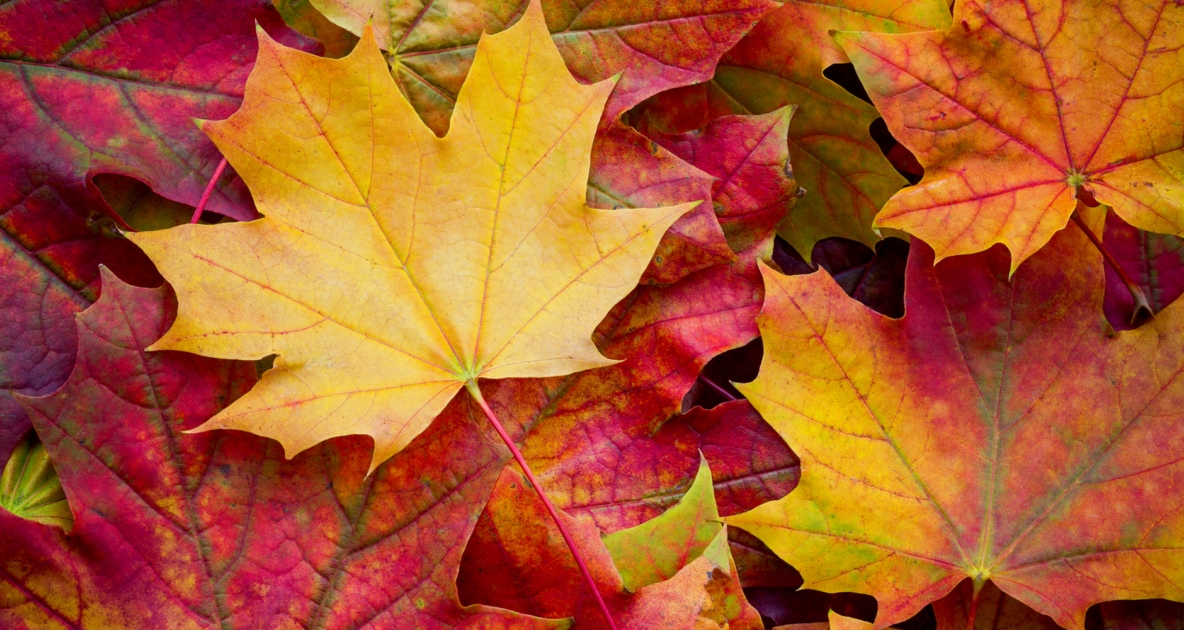What Determines The Color Of Leaves In The Fall This primarily uses a pigment that reflects green light which gives the leaves their characteristic color In autumn when colder shorter days arrive many kinds of trees no longer make food
The Short Answer As summer fades into fall the days start getting shorter and there is less sunlight This is a signal for the leaf to prepare for winter and to stop making chlorophyll Once this happens the green color starts to fade and the reds oranges and yellows become visible Colorful fall leaves Why Leaves Change Color in Fall The pigments that determine leaf color change in the fall are always there but mostly hidden as large amounts of continuously generated chlorophyll the green pigment dominate during the growing season What Happens as Fall Approaches When fall starts the production of chlorophyll stops and begins to break
What Determines The Color Of Leaves In The Fall
 What Determines The Color Of Leaves In The Fall
What Determines The Color Of Leaves In The Fall
http://www.vicstreeservice.com/wp-content/uploads/2017/09/P1000647.jpg
Temperature affects the rate of chemical reactions including those in leaves so it plays a part in leaf color However it s mainly light levels that are responsible for fall foliage colors Sunny autumn days are needed for the brightest color displays since anthocyanins require light Overcast days will lead to more yellows and browns
Pre-crafted templates use a time-saving option for developing a diverse variety of documents and files. These pre-designed formats and designs can be used for different personal and professional tasks, including resumes, invites, flyers, newsletters, reports, discussions, and more, improving the content creation process.
What Determines The Color Of Leaves In The Fall

What You Need To Know About Leaf Peeping Extra Mile The Hartford

What Causes Leaves To Change Color Farmers Almanac

Why Do Leaves Change Color In The Fall Autumn Foliage Explained

Why Do Leaves Change Colour In Autumn Forestry England

Why Do Leaves Change Color In The Fall Embracing Motherhood

Image Gallery A Rainbow Of Fall Leaves Live Science

https://harvardforest.fas.harvard.edu/leaves/factors
The right weather during the autumn can promote more intense color production The reds anthocyanins which require sunlight for production are enhanced by cold and sunny days Rainy and windy weather during the autumn can knock leaves down prematurely thereby shortening the color display at its peak The timing of many individual species

https://www.denverpost.com/2023/10/17/fall-colors-science-photosynthesis-leaves-changing/
Technically the fall leaf pigment colors are wired into the green leaf color we see all summer The dazzling fall colors are simply hidden because of the extensive dominant amount of green

https://www.woodtv.com/news/what-determines-which-color-a-fall-leaf-will-be/
The anthocyanin mixes with carotenoids in the leaves to give it the bright red flare Ultimately the fall color show is dependent on the weather Changeable conditions make for lousy color shows

https://www.gardenista.com/posts/fall-foliage-101-why-some-autumns-are-more-colorful/
Because the orange pigments are constant their showiness in the fall is predictable But the red pigments anthocyanins are created in the autumn in response to light plant chemical changes temperature and water supply This is where weather affects the brilliance of the fall color display Above Zelkova trees in New York City

https://www.courant.com/2023/10/21/fall-colors-science-photosynthesis-leaves-changing/
October 21 2023 at 6 45 a m Winter will be here soon enough but enjoy those gorgeous fall leaf colors before any snowflakes arrive Reach back and recall your grade school days and the simple
Fall Leaf Color Change Follows a Predictable Process of Chemical Leaf Change This lack of water to each leaf causes a very important chemical reaction to stop Photosynthesis or the food producing combination of sunlight water and carbon dioxide is eliminated Chlorophyll must be renewed by photosynthesis or be taken in by the tree Most interesting are leaves that turn red because this color is the result of the active synthesis of anthocyanin pigments just before the leaves fall from the trees This is the most common color of autumn leaves about 70 of shrubs and trees at the Harvard Forest produce anthocyanins during the senescence of the leaves
The color change we see ultimately occurs due to the chemical processes that happen when less chlorophyll is produced by the leaves causing their colors to change in appearance as the sunlight reflects off of them When chlorophyll breaks down the leaves begin to absorb more green wavelengths of light and reflect other colors such as brown